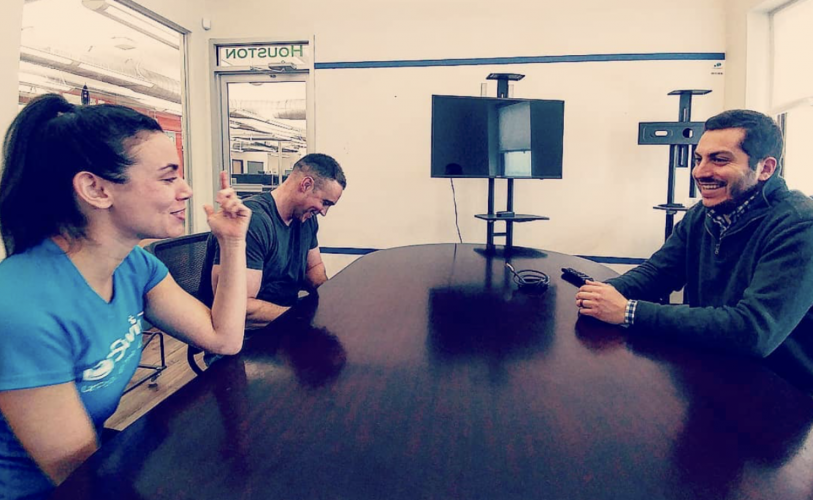Do you have a sales strategy for growth?
James Shomar, Chief Growth Officer
 Earlier this week I hosted my friend Peter Dean for a webinar on how to build a sales process that leverages data. It was a great presentation that went through many best practices for scaling sales. As I was gauging people’s reactions and reflecting on past conversations with company leaders, I realized just how few companies actually have a sales strategy and process capable of helping them grow.
Earlier this week I hosted my friend Peter Dean for a webinar on how to build a sales process that leverages data. It was a great presentation that went through many best practices for scaling sales. As I was gauging people’s reactions and reflecting on past conversations with company leaders, I realized just how few companies actually have a sales strategy and process capable of helping them grow.
When companies think about growing sales their natural tendency is to think tactically. “What’s the best source for customer data?” “What’s the best automated email cadence tool?” “Maybe we can do something clever like mail the prospect some swag?” “How do we drive more traffic to our website?” These are all valid questions but absent of strategy and process they’re kind of useless. That’s like asking “what’s the best hammer to use?” without any context for the project you’re working on.
If you’re looking for a place to start, I’ve outlined three steps below.
Step 1: Strategy starts by defining what problem you’re solving, who you’re solving it for, and what business value your solution offers them. That might sound really basic, especially for established companies/industries, but if your standard answer to “what does your company do?” is “We sell XYZ products,” chances are you don’t have a deep enough understanding of this to truly accelerate sales. To put it another way, if you haven’t had deep, investigative conversations with dozens of your customers, then you will not be able to answer those questions factually, only with your opinion. I plan to dedicate a future blog post on how to answer each of those questions above and give examples from companies I’ve built.
Step 2: Do you have a well-defined sales process with objective criteria for moving prospects from one stage to the next? How do you define a “qualified lead”? Have your qualified leads demonstrated they have a Budget, Authority, Need, and Timeline to make a purchase decision? What is your customer’s internal process for making a purchasing decision? Do you know all of the people involved? According to Peter’s research, the average purchase involved 6.8 people. The key here is to truly understand all of the steps involved in how your customer makes a purchasing decision and build that into your sales process. That sales process should be universally followed by everyone who touches sales. It should all be captured in your CRM and each person should be able to report data on each step in the funnel with an apples-to-apples comparison. To identify areas of improvement (what’s working, what isn’t working, etc.) you must have a well-defined, consistent process, with good data.
Step 3: Now you can think tactically. This is a refinement stage. The foundation has been laid and you’re running experiments to see what works. Does this tool work better than that tool at converting people at this stage of the process? Does this message work better than that message? How many outbound messages are required for someone to notice you? What patterns are emerging about the prospects that are buying the fastest or those that generate the most revenue for you?
Bottom line, Strategy and Process are foundational to growth. Until you can have a conversation with a prospect where you can essentially predict everything they are going to tell you about their problem, how much it costs them, why alternative solutions don’t work, and what their process is for buying, you aren’t yet ready to accelerate sales and think tactically.